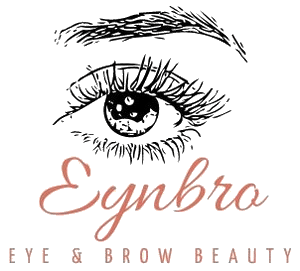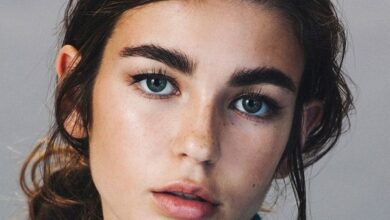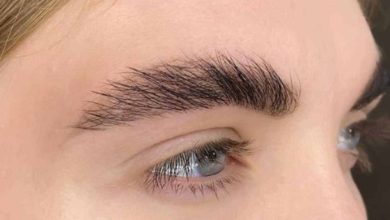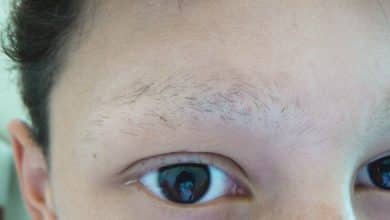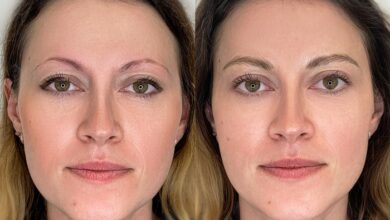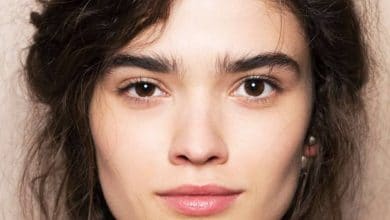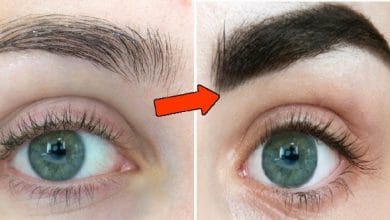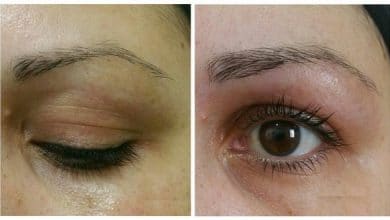How to Get Rid of Ingrown Eyebrow Hair: The Complete Expert Guide
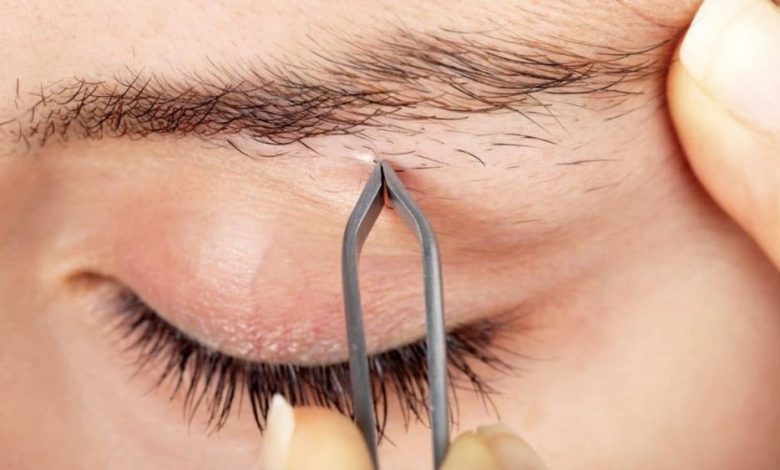
Ingrown eyebrow hairs are not only painful but can also disrupt your grooming routine and affect your skin’s appearance. They often happen after tweezing, waxing, or threading and can be tricky to treat without causing irritation or scars.
In this guide, you’ll find clear, practical advice to remove ingrown hairs safely, prevent them from returning, and care for your brows properly — all without damaging your skin.
How to Get Rid of Ingrown Eyebrow Hair
Ingrown eyebrow hair occurs when a hair curls back or grows sideways into the skin instead of rising up through it. This can lead to redness, swelling, tenderness, and even infection if not treated correctly. Here’s how to handle them with care:
Step-by-Step Removal Process
- Cleanse the Area
Wash your face with a gentle, non-comedogenic cleanser to remove bacteria, dirt, and oil from your skin. - Apply a Warm Compress
Place a clean, warm cloth over the affected area for about 5 to 10 minutes. This softens the skin and helps bring the hair closer to the surface. - Exfoliate Gently
Use a mild exfoliating scrub or a chemical exfoliant like salicylic acid around the brow area to remove dead skin cells blocking the hair. - Free the Hair Carefully
Using a sterilized needle or fine-tipped tweezer, gently lift the tip of the hair out of the skin. Do not pluck it out completely; just free it. - Apply an Antiseptic
After freeing the hair, apply an antiseptic cream or lotion to the area to prevent infection. - Let It Heal
Avoid touching, picking, or applying heavy creams to the area after treatment. Allow the skin to heal naturally.
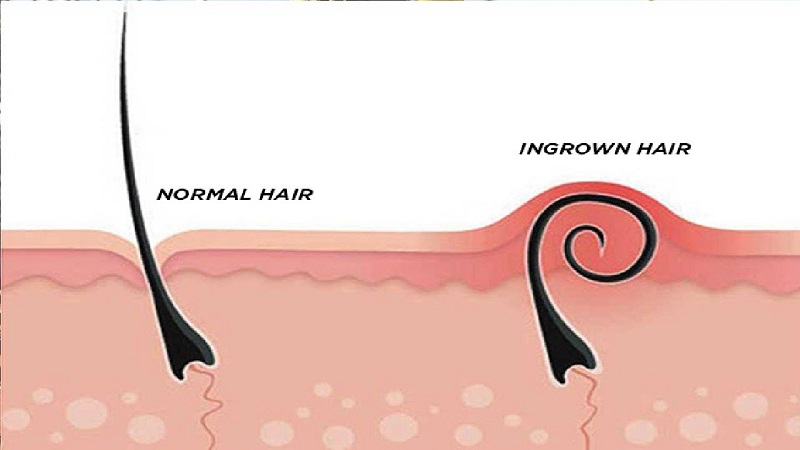
What Not to Do
- Do not dig deep into the skin trying to find the hair.
- Avoid using unclean or non-sterilized tools.
- Refrain from squeezing, popping, or scratching the bump.
- Don’t over-exfoliate, as this can irritate the skin further.
Causes of Ingrown Eyebrow Hair
Understanding what triggers ingrown hairs can help you prevent them in the future. Common causes include:
- Improper Tweezing or Waxing Techniques
Pulling hair against the direction of growth or breaking the hair below the surface. - Naturally Curly or Coarse Hair
Curly hairs are more prone to curl back into the skin. - Dead Skin Buildup
Layers of dead skin can block the hair follicle, forcing the hair to grow sideways. - Hormonal Changes
Shifts in hormones can affect hair texture and growth patterns. - Using Blunt Tools
Dull tweezers can break hair unevenly, increasing the risk of ingrowth.
Best Products to Help Treat Ingrown Eyebrow Hair
| Product Type | Purpose | Recommended Ingredients |
|---|---|---|
| Gentle Exfoliating Scrub | Removes dead skin cells | Salicylic acid, glycolic acid |
| Antiseptic Cream | Reduces infection risk | Tea tree oil, benzoyl peroxide |
| Warm Compress or Pad | Softens skin, opens pores | Warm water (natural) |
| Soothing Gel | Calms irritation after treatment | Aloe vera, witch hazel |
Choosing the right products speeds up healing and reduces the chances of recurring issues.
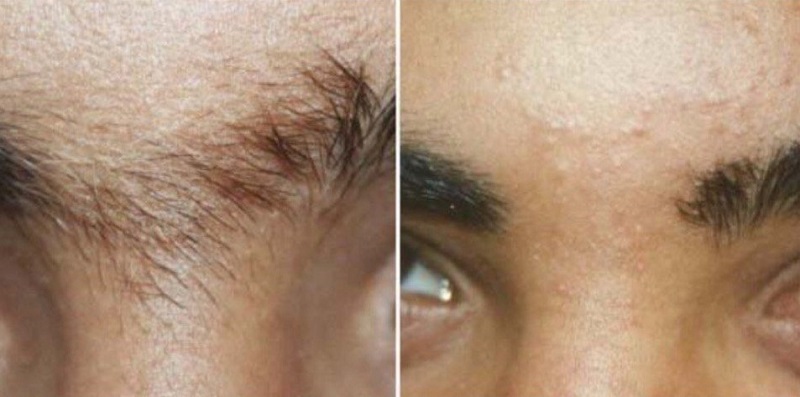
- Aloe Vera Gel
Apply fresh aloe vera gel to soothe inflammation and promote healing. - Tea Tree Oil
Known for its antibacterial properties, dilute a few drops of tea tree oil in water and dab gently on the area. - Witch Hazel
Apply with a cotton pad to reduce redness and calm the skin. - Honey
Its antibacterial and anti-inflammatory properties can help soothe and heal affected skin.
These remedies are gentle and suitable for sensitive skin, but always do a patch test first to avoid allergic reactions.
How to Prevent Ingrown Eyebrow Hair
Prevention is key when it comes to ingrown hairs. Adopt these habits to minimize the risk:
- Prepare the Skin Before Grooming
Always cleanse and lightly exfoliate before tweezing or waxing to remove surface debris. - Use Sharp, Clean Tools
Sterilize your tweezers with alcohol and ensure they have a fine tip for precise removal. - Follow Hair Growth Direction
Pluck hairs in the natural direction they grow to avoid breaking them below the surface. - Avoid Overplucking
Keep your brows naturally full. Overplucking weakens hair shafts and can lead to misgrowth. - Moisturize Regularly
Hydrated skin is more elastic and less likely to trap growing hairs beneath the surface.
Professional vs. Home Treatment: A Quick Comparison
| Method | Pros | Cons |
|---|---|---|
| Professional Care | Safe, hygienic, less risk of scarring | More expensive, requires appointment |
| Home Treatment | Convenient, inexpensive | Risk of improper technique or infection if done carelessly |
If the ingrown hair looks infected, deeply embedded, or is causing significant discomfort, it’s best to consult a professional like a dermatologist or an esthetician.
Aftercare Tips After Removing Ingrown Hair
Proper aftercare ensures the area heals smoothly:
- Avoid makeup and heavy creams on the treated area for at least 24–48 hours.
- Refrain from touching or scratching the skin.
- Apply a soothing, fragrance-free moisturizer if the area feels dry.
- Watch for signs of infection (increased redness, swelling, pain).
Taking care of your skin post-treatment helps prevent scars and secondary infections.
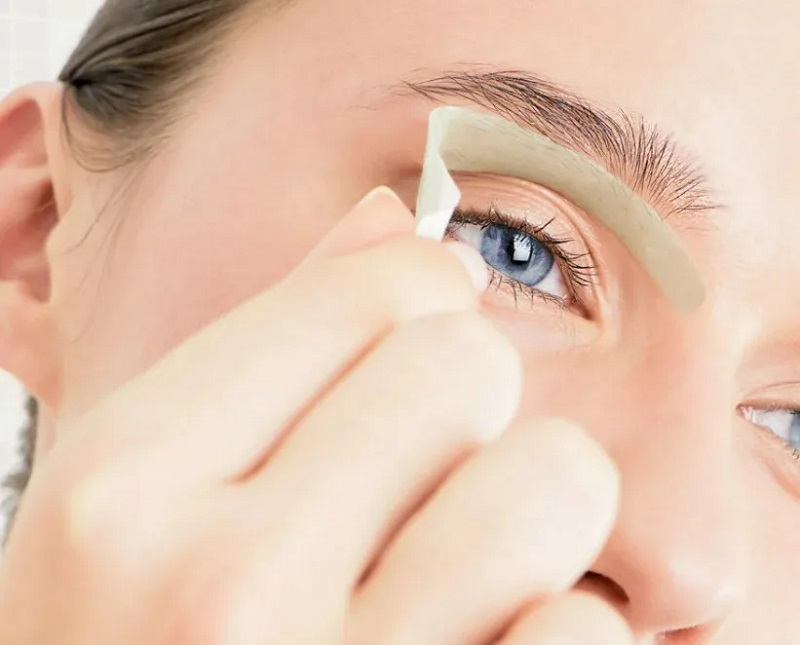
Takeaway
Dealing with ingrown eyebrow hairs requires patience, care, and the right techniques. A clean environment, gentle removal, and proper aftercare are the pillars of successful treatment. Prevention is equally important: by prepping the skin correctly and using the right grooming habits, you can significantly lower the chances of ingrown hairs appearing in the first place. Whether you choose natural remedies or professional help, listening to your skin’s needs ensures your brows stay healthy and irritation-free.
FAQs
What causes an ingrown eyebrow hair to become infected?
When bacteria enter the blocked follicle, it can cause the area to swell, become painful, and produce pus. This is why using clean tools and antiseptic treatment is crucial.
Can makeup make ingrown eyebrow hairs worse?
Yes. Applying makeup over a healing ingrown hair can block pores and introduce bacteria, delaying healing and increasing irritation.
Is it safe to exfoliate over an ingrown hair?
Gentle exfoliation around the area (not directly over an inflamed spot) can help prevent dead skin buildup that traps hairs. Always be gentle and avoid aggressive scrubbing.
Will an ingrown eyebrow hair go away on its own?
Some ingrown hairs can resolve naturally without intervention. However, if redness, swelling, or pain persists, treatment is recommended to avoid complications.
When should I seek medical help for an ingrown eyebrow hair?
If the area becomes severely painful, shows signs of infection (like pus or intense redness), or does not improve after home care, consult a dermatologist.
